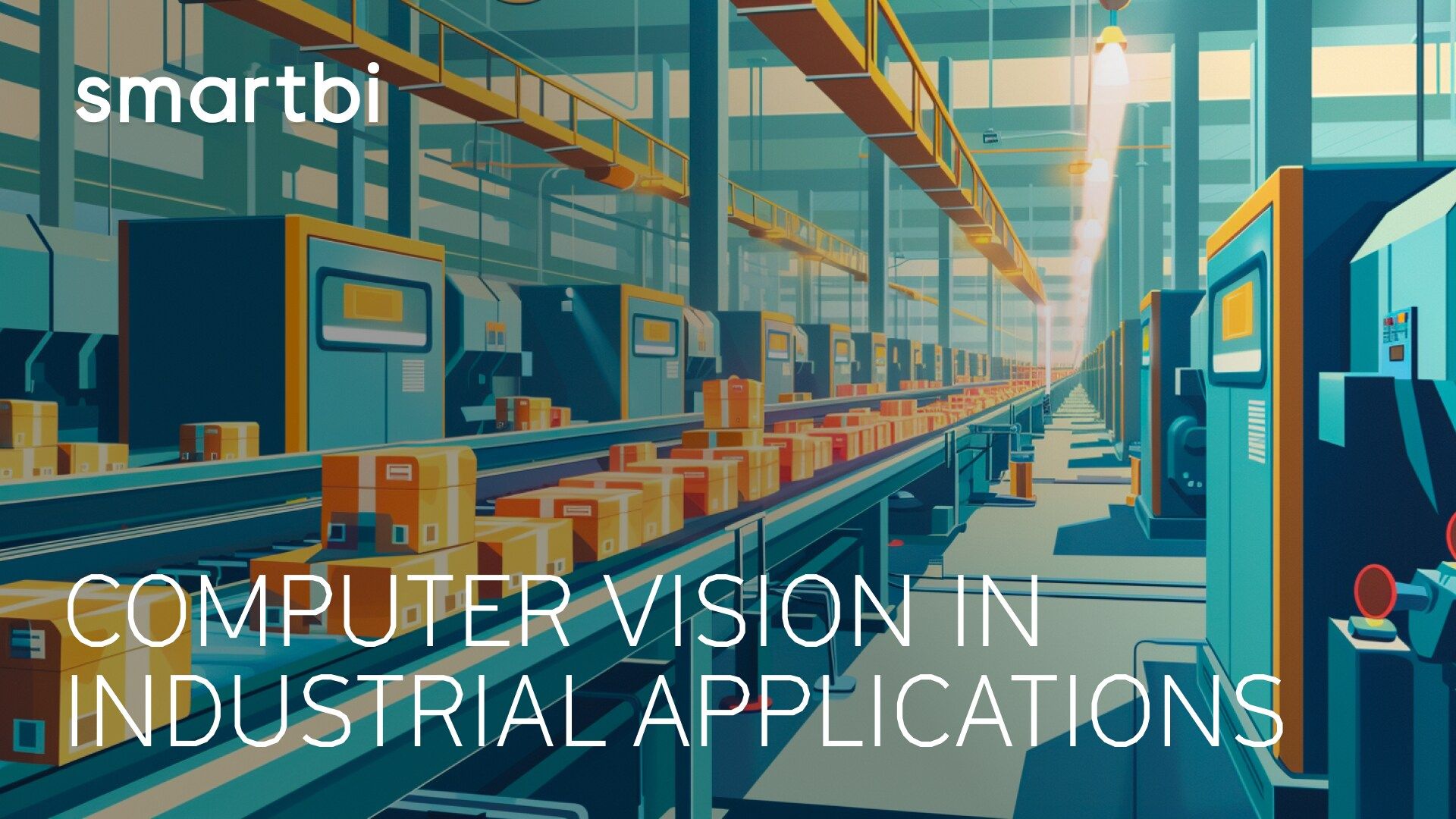
In the rapidly evolving intersection of industrial applications and AI, computer vision has again emerged as the talk of the (industrial) town. While computer vision as a technology dates back several decades – research began in the 1960s – it has undergone significant evolution, particularly in the last decade. Modern industrial companies now pair computer vision with advanced AI processing, making it far more advanced and capable than its early iterations. This technology is increasingly critical across various industries, such as automotive, manufacturing, mining, shipbuilding, pharmaceutical, and logistics, facilitating automation, improving efficiency, and ensuring safety.
Below, we explain what the computer vision journey typically entails and present examples of how different companies are utilizing this technology.
Integrating computer vision – easy and efficient
Computer vision, an AI field that enables computers to interpret and analyze visual data, offers immense potential for industrial companies of all sorts and sizes. Contrary to common perception – and to many executives' surprise – getting started with computer vision is relatively straightforward. Even the most basic cameras can capture digital images and videos, which can then be processed to accurately identify and classify objects (think bolts, conveyor belts, machinery parts, and automotive exterior parts). Of course, sometimes a fancy full-spectrum camera is called for (when you also want the UV or IR spectrum in the image), but most often we work with camera solutions already present or readily available at the customer site – think over-the-counter webcams or even your internal CCTV.
Computer vision journey in a nutshell:
Image capture and processing: Sensors and cameras capture images, converting them into digital data for analysis.
Deep learning algorithms: Neural networks process visual data, recognizing patterns and objects such as defective products, assembly line components, and other quality control anomalies.
Edge computing: Many industrial companies have closed technical ecosystems. Thus, data processing can happen close to its source, enabling real-time decision-making and low latency – particularly crucial for applications requiring immediate data analysis and actions, such as automated industrial controls and predictive maintenance.
Airbus: New standard in aircraft assembly
Traditionally, manual inspections in the aircraft industry have been time-consuming and labor-intensive. Human judgment is used to determine when an assembly operation is complete. Airbus, a leading aircraft manufacturer, has used computer vision to streamline its final aircraft assembly processes.
AI-powered cameras and sensors monitor the assembly line, detecting and flagging issues in real-time. For instance, as a plane progresses through its assembly stages, the AI system identifies when tasks, such as attaching a wing, are completed. This is logged and timestamped, ensuring precise tracking and accountability throughout the whole process. By gathering and annotating images and videos to inspect the proper installation of the aircraft’s large parts, the whole assembly is conducted more precisely. Overall, this approach accelerates the automation process and allows Airbus employees to focus on more strategic tasks.
Aramco: Maximized safety in oil production
Oil producer Aramco has integrated computer vision into its operations across multiple plants and rig locations. By deploying edge-powered computer vision systems, Aramco is able to perform remote drilling rig inspections, ensure on-site safety compliance, and monitor emissions.
Thanks to AI, the solution can predict potential failures and hazards before they occur. By streaming live closed-circuit video from standard surveillance cameras through AI – which detects fixed and moving personnel and assets – immediate alerts are sent via email or text when a hazard or non-compliance is detected. In addition, the company is actively monitoring its flare stacks with the help of edge-enabled video analytics. Thanks to the latest technology, Aramco receives valuable insights about its flare gas recovery systems, helping to minimize flaring and its resulting emissions.
John Deere: Integrating AI into precision agriculture
In its solution, See & Spray (developed originally by Blue River Technology), robot sprayers use computer vision to identify and target weeds, significantly reducing herbicide usage and resulting in better farming practices.
In a solution, the machine, pulled behind an autonomous tractor has 30 mounted cameras to capture photos of plants every 50 milliseconds and process them through its on-board 25 Jetson AGX Xavier supercomputing modules. The image recognition algorithms identify weeds from crops and the robotic sprayer goes after the weed individually with herbicide. This AI-powered solution ensures optimized crop management practice resulting in a solution that helps farmers grow food more efficiently. Thus, by integrating AI and computer vision, John Deere is not only improving agricultural efficiency but also contributing to more sustainable farming practices.
Contact usCould AI be applied to your business case?
Subscribe to the newsletter and learn how AI can solve business challenges.